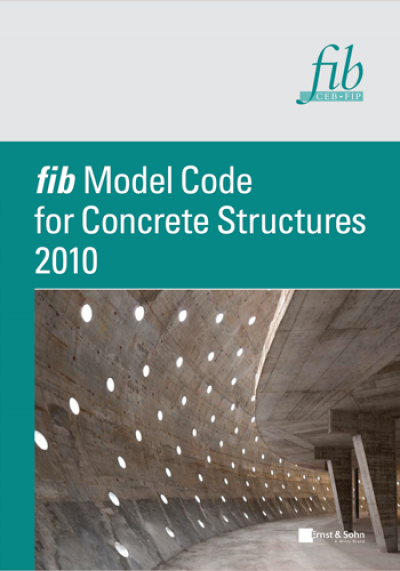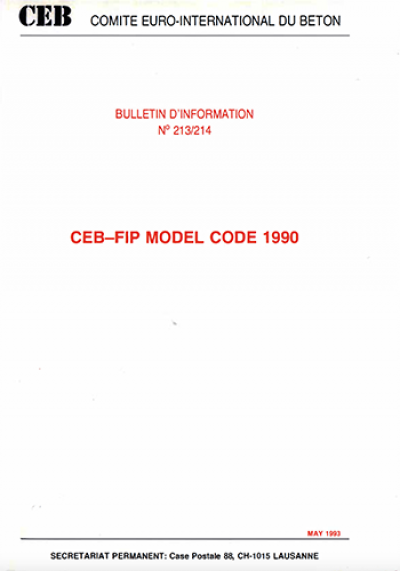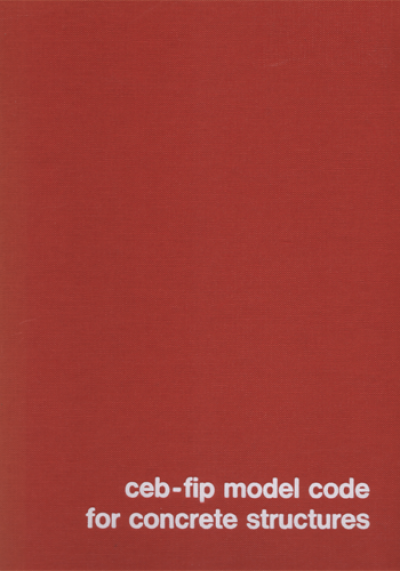A central aspect within the mission of the fib is the release of model codes on concrete structures and related subjects. These codes should serve worldwide as the guiding science-based documents offering in a code-type version the state of the art knowledge on the planning, design, construction, execution, operation or in service performance, maintenance, rehabilitation and dismantlement of new and existing concrete structures, respectively. The model codes should meet the latest requirements and technologies in view of aspects related to safety, serviceability, durability, resilience and sustainability of structures, recognizing economic, aesthetic and other needs of different societies.
Model codes
- fib Model Code for Concrete Structures 2020
- fib Model Code for Concrete Structures 2010
- CEB-FIP Model Code 1990 (PDF)
- CEB-FIP Model Code 1978 (PDF)
-
fib Model Code (2020) is a comprehensive concrete design code that integrates provisions for both new and existing structures, prioritising sustainability by considering societal needs, life-cycle cost, and environmental impacts. fib MC (2020) emphasises an integrated life-cycle perspective, addressing aspects like safety, durability, and adaptability while factoring concrete’s significant role in climate change.
Developed by over 1’400 contributors from 67 countries, fib MC (2020) represents the cutting-edge global consensus on concrete structure design, incorporating advancements in science and materials to ensure tested and reliable models.
-
MC2020 Videos
MC2020 Expert papers
A series of articles written by experts and related to the fib Model Code for Concrete Structures 2020 is available on Wiley website. Please make sure you are logged in as a fib member to access all the articles.
To order this issue, please visit the Ernst & Sohn online library.fib members receive a 50% discount on bulk purchases of more than 30 copies (hardcover or e-book edition) or download a copy of the MC2010 e-book edition.-
MC2010 Videos
-
MC2010 Expert papers
- fib Mastering challenges and encountering new ones - Pages 1-85 - by Joost Walraven
- fib Reliability in the performance-based concept of fib Model Code 2010 - Pages 309-319 - by Agnieszka Bigaj-van Vliet and Ton Vrouwenvelder
- fib Sustainability in fib Model Code 2010 and its future perspective - Pages 301-308 - by Koji Sakai
- fib Concrete: Treatment of types and properties in fib Model Code 2010 - Pages 320-334 - by Harald S. Müller, Isabel Anders, Raphael Breiner and Michael Vogel
- fib Fibre-reinforced polymer reinforcement enters fib Model Code 2010 - Pages 335-341 - by Thanasis Triantafillou and Stijn Matthys
- fib Fibre-reinforced concrete in fib Model Code 2010: Principles, models and test validation - Pages 342-361 - by Marco di Prisco, Matteo Colombo and Daniele Dozio
- fib Sound engineering through conceptual design according to the fib Model Code 2010 - Pages 89-98 - by Hugo Corres Peiretti
- Design for service life: Implementation of fib Model Code 2010 rules in the operational code ISO 16204 - Pages 10–18 - by Steinar Helland
- Background to the fib Model Code 2010 shear provisions – part I: Beams and slabs Pages 195–203 - by Viktor Sigrist, Evan Bentz, Miguel Fernández Ruiz, Stephen Foster and Aurelio Muttoni
- Background to fib Model Code 2010 shear provisions – part II: Punching shear Pages 204–214 - by Fernández Ruiz, Evan Bentz, Stephen Foster and Viktor Sigrist
- Design recommendations for interface shear transfer in fib Model Code 2010 - Pages 230-241 - by Norbert Randl
The previous Model Codes draft work editions can be found in our CEB-Bulletins bookshop.
-






